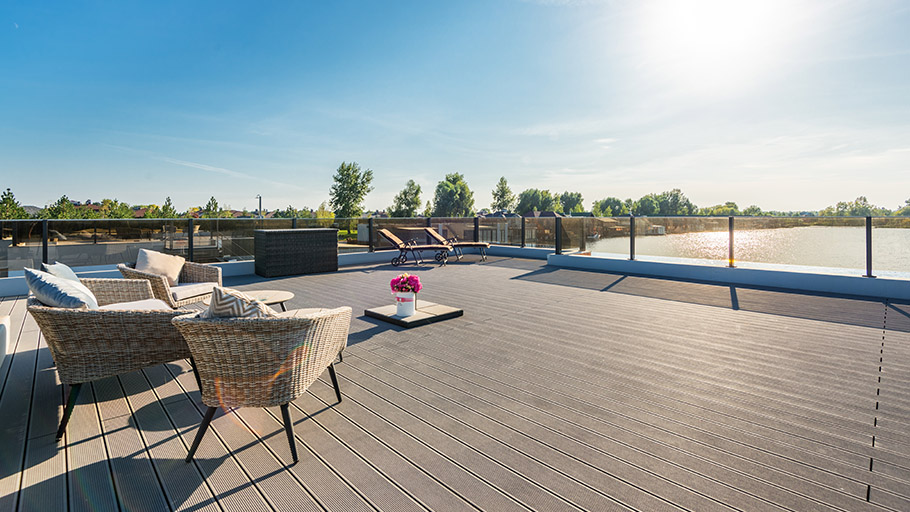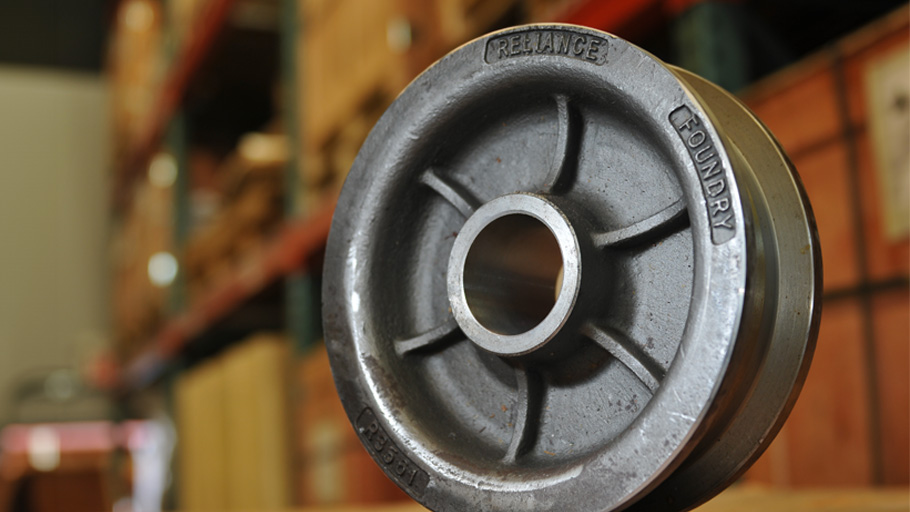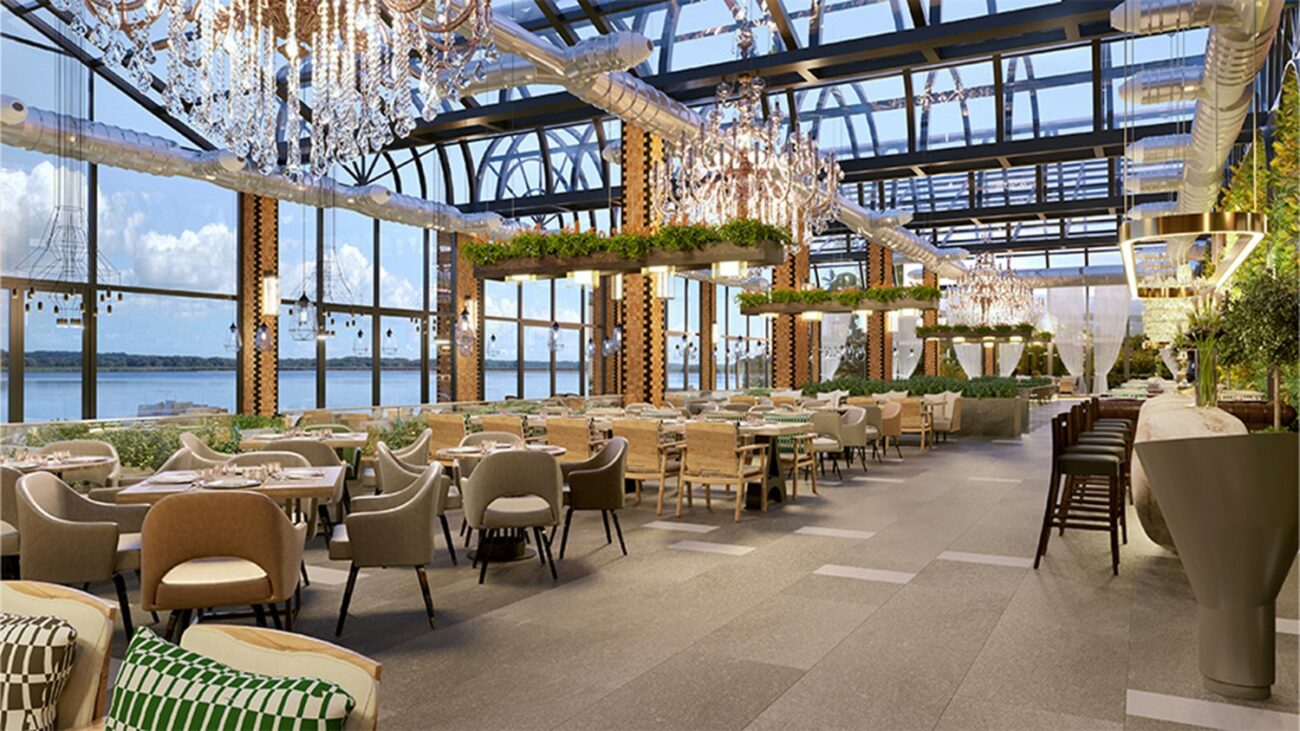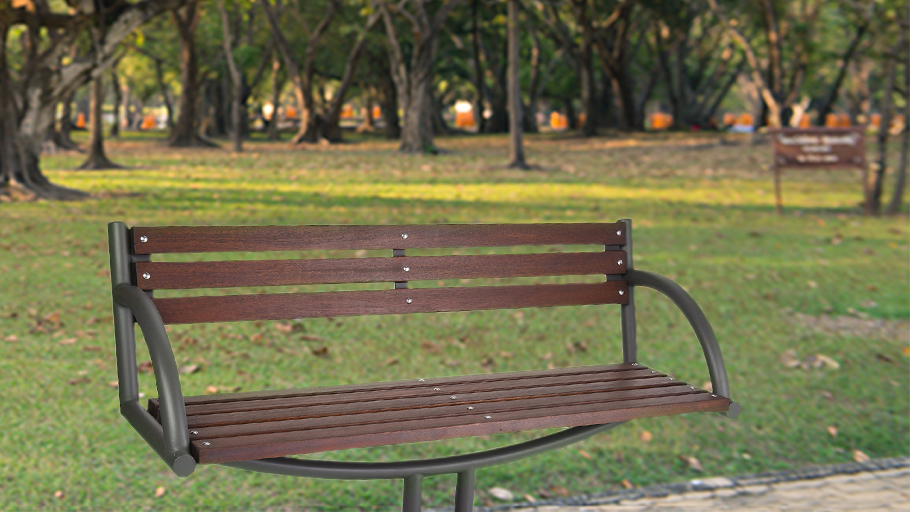Sustainable Site Furnishings

In recent years, the construction and design industries have witnessed a significant shift towards sustainable materials as consumers seek more environmentally friendly products. As the environmental impact of traditional materials like wood becomes more evident, alternatives like recycled plastic lumber (RPL) are gaining traction. This article delves into the world of recycled plastic as a material in site furnishings, exploring its benefits, applications, and why it’s becoming a preferred choice for many.

What is Recycled Plastic Lumber?
Recycled plastic lumber, as the name suggests, is primarily composed of recycled plastics, with high-density polyethylene (HDPE) being a key component. HDPE is commonly sourced from everyday items like milk jugs and detergent bottles, making it an environmentally responsible choice. However, it’s important to note that the exact composition of recycled plastic lumber can vary depending on the manufacturer.
Manufacturers of recycled plastic lumber may use a range of recycled materials, and the percentage of recycled content can differ from one product to another. Some companies prioritize a higher percentage of recycled content in their lumber, striving for a more sustainable and eco-friendlier product. In contrast, others may use a lower percentage of recycled materials, potentially incorporating a mix of virgin and recycled plastics.
This variability in recycled content directly impacts the overall sustainability of the product and its environmental footprint. Consumers interested in choosing the most eco-friendly option should look for products with a higher percentage of recycled content, as they contribute to reducing the demand for new plastic production and help divert plastic waste from landfills.
In addition to recycled content, the manufacturing process typically involves adding various enhancements, such as UV inhibitors and antioxidants, to ensure the lumber’s longevity and resistance to environmental factors. These additives contribute to the overall quality and durability of recycled plastic lumber, regardless of the specific recycled content used by a particular manufacturer.

Advantages of Recycled Plastic Lumber over Traditional Materials
Substituting regular wood with recycled plastic lumber offers numerous advantages, which include, but are not limited to:
- Durability: Recycled plastic lumber stands out for its resilience. Unlike traditional wood, it doesn’t rot, splinter, or succumb to pests like termites. Its moisture-resistant nature ensures it remains unaffected by water, preventing warping or twisting.
- Sustainability: One of the most significant advantages of recycled plastic lumber is its eco-friendly nature. By repurposing plastic waste, RPL production reduces landfill accumulation and conserves forests by offering an alternative to wood.
- Maintenance: While wood requires regular upkeep to maintain its appearance and structural integrity, recycled plastic is virtually maintenance-free. This not only translates to cost savings but also ensures the material looks pristine for years.
- Aesthetic Appeal: Modern manufacturing techniques have enabled recycled plastic lumber to mimic the look and feel of wood closely. This means users can enjoy the benefits of plastic while retaining the aesthetic appeal of wood.
Despite its many advantages, like all materials, recycled plastic lumber has its limitations. It might not be suitable for high-load-bearing structures, and color variations can occur due to the recycled nature of the material.

Applications of Recycled Plastic Lumber
Recycled plastic lumber is a versatile material for applications in various settings, both outdoor and indoor. Outdoors, its exceptional resistance to environmental factors makes it an ideal choice for a wide range of projects, such as decking, fencing, and playground equipment. Its durability ensures these outdoor installations last for a long time.
RPL isn’t limited to outdoor use alone; it is gradually making its way into interior applications. Thanks to its moisture-resistant properties, it proves to be a reliable choice for spaces like bathrooms and basements, where exposure to moisture is a concern.
Moreover, RPL’s aesthetic versatility has gained popularity in both indoor and outdoor furniture. It has become a preferred material for crafting benches and tables, offering a sustainable alternative that doesn’t compromise on style.
One noteworthy application worth highlighting is the use of recycled plastic lumber in crafting benches. As they are often placed outdoors, benches are constantly exposed to harsh elements and demand a material that can withstand environmental stressors. RPL emerges as the perfect choice for this purpose. It not only resists common issues like rotting or splintering, but due to its maintenance-free nature it retains a new and attractive appearance for many years. Manufacturers have responded to this demand by offering a wide range of recycled plastic bench designs, catering to various aesthetic preferences, from classic to contemporary, making sure there’s an RPL bench to suit various settings.

Recycled plastic lumber is more than just an alternative to traditional materials; it’s a testament to human ingenuity. By giving waste plastic a new purpose, we’re taking steps towards a more sustainable future, one where our choices reflect our commitment to the planet. Whether you’re a builder, designer, or homeowner, RPL offers a blend of functionality and sustainability that’s hard to beat.












